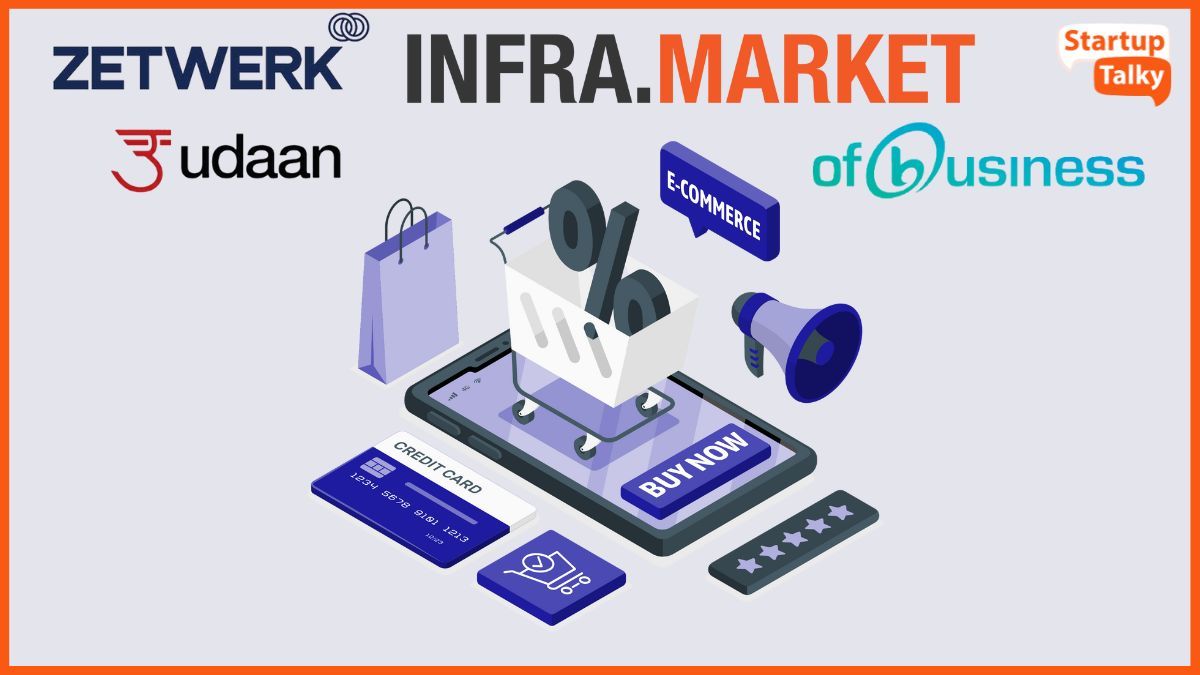This article has been contributed by Shreya Sharma, Founder, Rest The Case.
Entrepreneurship is a thrilling experience, but the legal process can be difficult for business owners. Most startups, in their initial enthusiasm, recall significant legal compliance and agreements, resulting in expensive litigation and regulatory fines. Familiarity with the main legal requirements can help avoid damage and achieve long-term development. Here is a complete guide for major legal compliance and agreements, which requires all startups to be informed.
Legal Compliance Will Have to Follow Each Startup
1. Trade Structure and Registration
Selection for a suitable legal structure is the most essential step for any startup. Various structures have various legal, taxation, and compliance requirements:
- Sole proprietorship: Ideal for small businesses but does not enjoy legal separation of ownership.
- Partnership: The partnership demands a deed and is regulated by the Indian Partnership Act, of 1932.
- Ltd. Liability Partnership (LLP): Provides limited liability and is ruled by the LLP Act, 2008.
- Private Limited Company: The Companies Act provides limited liability and safety of scalability on the cost of compliance with the Act, 2013.
- A person company (OPC): A hybrid form of business that enables an individual entrepreneur to operate the business with limited liabilities.
Startups must register themselves under the same unit to protect individual assets and for legal reliability.
2. Taxation and Financial Compliance
Each startup must complain about tax, and some of the following are:
- Goods and Services Tax (GST): Compulsory for companies having annual turnover above the threshold amount.
- Income tax compliance: Each startup has to be tax compliant, and the following are some of them:
- Income Tax Compliance: Submission of yearly returns in accordance with the Income Tax Act of 1961.
- Tax Deducted at Source (TDS): Deduction and payment of tax on remittances to employees and suppliers.
- Accounting Standards Compliance: Keeping proper books of account as per the Companies Act, 2013.
Ignoring tax compliance can result in heavy penalties and legal trouble. Engaging a professional or outsourcing accounting services can assist in effective tax compliance.
3. Compliance with Labor Laws
Startups that employ staff need to comply with labor laws, such as:
- Employment Contracts: Clearly defining job descriptions, salaries, benefits, and termination terms.
- Provident Fund (PF) & Employee State Insurance (ESI): Compulsory for companies with over 20 employees.
- Shops and Establishments Act, 1948: Regulates working hours, remuneration, and employment conditions.
- Sexual Harassment of Women at Workplace Act (POSH): Mandates businesses with 10+ employees to create an Internal Complaints Committee (ICC).
Neglecting compliance with labor laws may result in court cases and reputational loss.
4. Intellectual Property Protection
Protecting intellectual property (IP) is important for startups based on innovation. The most important IP protection is:
- Trademarks: Shield’s brand names, logos, and slogans.
- Copyrights: Protects original work, software codes, and creative pieces.
- Patents: Provides exclusive rights over new inventions.
- Non-Disclosure Agreements (NDAs): Restricts improper disclosure of trade secrets.
Startups must file their IP rights early to avoid infringement and build competitive edges.

Critical Contracts All Startups Need
1. Founder’s Agreement
A Founder’s Agreement documents the roles, responsibilities, and equity holdings of every co-founder. It consists of:
- Decision-making powers and voting rights.
- Exit strategies and buyout options.
- Conflict resolution procedures.
Having a well-written Founder’s Agreement avoids future conflicts and guarantees business continuity.
2. Non-Disclosure Agreement (NDA)
An NDA is essential when working with employees, investors, and third parties. It safeguards:
- Business ideas and strategies.
- Customer information and trade secrets.
- Product development and financial information.
NDAs guarantee confidentiality and protect sensitive business information.
3. Employment Contracts & Offer Letters
Well-written employment contracts specify:
- Job responsibilities and roles.
- Compensation, benefits, and stock options.
- Termination and confidentiality provisions.
Well-crafted employment contracts shield employers and employees from legal disputes.
4. Vendor & Service Agreements
Start-ups typically work with vendors, freelancers, and service providers. A Vendor Agreement should have:
- Terms of payment and delivery schedules.
- Service level agreements (SLAs).
- Dispute resolution and indemnification terms.
Clear contractual terms ensure there are no misunderstandings and disruptions to business.
5. Investment & Equity Agreements
When raising funds, startups need to draw up:
- Term Sheets: Specifying investment terms prior to an official agreement.
- Shareholder’s Agreement (SHA): Documenting investor rights, voting authority, and exit options.
- Convertible Notes: Adjustable financing for seed-stage investments.
Founders’ interests are well-guarded while investors are assured by well-structured investment agreements.
6. Website Terms & Privacy Policy
If your company has an online presence, website policies have to adhere to data protection legislation. These are:
- Terms of Service: Regulating website use.
- Privacy Policy: Explaining how user information is gathered, stored, and utilized.
- Refund & Return Policies: Critical for e-commerce companies.
Legal compliance with these policies assures customer confidence and avoids regulatory fines.
Last Thoughts
For start-ups, being aware of and executing the proper legal compliance and contracts is not only a regulatory requirement but a strategic strength. By making sure they are legally prepared right from the start, entrepreneurs can avoid risks, get investors on board, and lay a solid foundation for long-term success.
Startups need to collaborate closely with legal experts to customize compliance plans and create foolproof contracts. Keep in mind that legal readiness today avoids expensive disputes tomorrow!



















